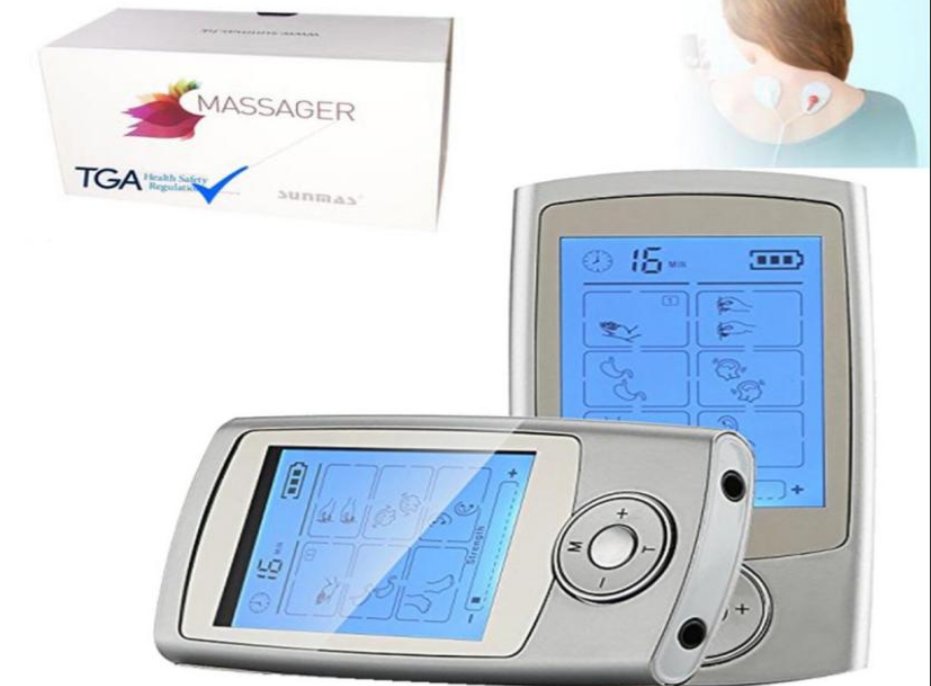Exercise is good for your body. It aids in weight loss and keeps your body in shape. Diabetes patients must incorporate an exercise routine into their treatment plan because exercise helps to keep blood sugar levels in check.
Physical activity has been shown in studies to be important in preventing and managing type 2 diabetes because it improves lipids, blood pressure, cardiovascular events, quality of life, and mortality. A combination of aerobic and training activities can increase insulin activity, which is how the benefits of exercise are felt in the body.
Examples of aerobic exercises are jogging, walking, cycling, and any other physical activity that helps you build your endurance. Resistance exercises like sprinting or weight lifting help you build muscle strength and utilize your body's non-oxidative metabolism.
Exercise is great, but for people with diabetes, mindlessly lifting or walking around without a proper routine can end up harming your body or having no effect. The American Diabetes Association recommends an aerobic exercise plan for five days a week, approximately 150 minutes in total.
Why Exercises Are Important in Managing Diabetes
The importance of exercise for people with diabetes can't be overstated. There are numerous benefits to keeping active, but we shall be taking a look at a few reasons why:
Exercise helps lower blood glucose
Taking up excess glucose is an immediate benefit of exercise. This is achieved because exercise triggers the consumption of glucose from the bloodstream into the organs and muscles that are currently working. It is recommended that one performs light exercises like taking a walk after eating to keep the blood sugar in safe and recommended ranges.
Exercise helps build muscle
About 70–80% of the glucose in food consumed goes to the muscles, which is why when muscle mass is low, the ability to clear glucose from our bloodstream is severely limited. This is why it is important to build your muscle mass so glucose usage in the body is unhindered and a build-up is avoided.
Building up and maintaining muscle mass also has the added advantage of increasing our insulin receptors and this, in turn, increases our glucose "sink" as we get older.
Exercise helps to improve vascular health
The progression of diabetes can lead to the damage of some blood vessels, especially the ones in the feet. Exercising regularly makes your body release certain compounds that improve your vascular and circulatory health. This results in the smooth circulation of oxygen and nutrients to the various body parts, reducing the risk of vascular-related diabetic complications such as diabetic neuropathy, vision loss, and heart issues.
Exercise controls cholesterol and blood pressure levels
A direct consequence of better vascular health, strengthening the heart through improved blood flow and inflammation reduction can lead to improvements in blood pressure and cholesterol levels. If these are left unchecked, they lead to progressive heart disease, and regular exercise helps prevent this.
Exercise helps to restore nerve function
Studies have shown that an exercise routine of about 10 weeks can help considerably reduce diabetes-related pain and neuropathy. It was found that there were improvements to overall nerve health and function. This shows that exercise has a huge role in boosting joint health and improving organ function.
Best Workouts for Effectively Managing Diabetes
Exercising is great, but knowing what exercises are best for you is much better, as someone with diabetes can't always do the same exercises everyone can.
Overexertion is a factor that must be considered as this can lead to the consumption of extra calories leading to a spike in your blood sugar. It would be particularly counterproductive as you probably just spent the last hour and a half burning calories and lowering your blood sugar, only to raise it above recommended levels.
Knowing what exercises are best for managing diabetes can be made easy by using diabetes management apps. For example, Klinio offers great workout plans that are tailor-made based on weight, diet routine, etc. Below are some examples of exercises Klinio offers that are great for managing your diabetes effectively:
Walking
Walking is one of the most popular exercises out there, and this is because it is something you can do anywhere. You should take 30 minutes of brisk walking, repeated five times each week, as this is a great way to boost your activeness. And if you feel like 30 minutes is too much for you, you can break it up into three 10-minute sessions per day.
Yoga
This traditional exercise incorporates fluid movements to help you build flexibility, strength, and balance. Since it allows you to keep a higher level of mental health, it's a fantastic strategy to lower stress and boost nerve function. The American Diabetes Association also recommends it, saying it helps lower glucose levels due to its ability to improve muscle mass.
Swimming
Swimming stretches and relaxes your muscles without putting pressure on your joints, which is particularly great for people with diabetes. Additionally, it has been demonstrated to lower cholesterol, reduce stress, and burn calories. It is recommended that to get the best out of your swimming exercises, you swim for at least 10 minutes three times a week, and over time, you can gradually begin to increase the length of the workout.
Exercise Safely
There are some necessary precautions you have to take before starting an exercise routine, as these will help keep you safe and healthy. Before beginning a practice, be sure to either talk to a doctor about your exercise program or make sure you're getting your routine from a reliable diabetes management app like Klinio.
- Check your blood sugar levels before starting a routine. It is also imperative to check your blood sugar levels before and after your workout routine to see how your body responds to it. Before starting a workout routine, you should also ensure your blood sugar levels are below 250mg/dL.
An A1C home test kit can help you easily monitor your blood sugar without waiting for lab results, finding the average level in the past two to three months. - Be sure to take a lot of water before, during, and after your workout routine to avoid dehydration.
Dehydration can be dangerous for people with type 2 diabetes because the blood pressure falls and stress hormone levels increase, wherein epinephrine and norepinephrine elevate blood glucose.
Moreover, dehydration makes the blood highly concentrated blood. The blood sugar level spikes, possibly leading to diabetes complications like vision and kidney problems. - While working out, make sure your phone is nearby and accessible. Exercise-induced hypoglycemia (EIH) can be dangerous, wherein the patient may experience dizziness, palpitation, and loss of consciousness. Hence, help must be accessible. In EIH, the blood sugar level falls during the workout.
While EIH can happen to healthy individuals, people with diabetes are more at risk of EIH because they also take medications to further lower blood glucose. - Avoid exercising in extremely hot or cold temperatures, and wear proper socks and shoes to protect your feet. Extreme temperatures can affect blood sugar levels. Heat can cause profuse sweating and people with diabetes are at risk of dehydration, causing a spike in blood glucose levels.
- Be careful to pay attention to your body when working out constantly. Stop exercising and inform your doctor of any issues you have if you start to feel out of breath, lightheaded, or dizzy.
Conclusion
Type 2 diabetes management involves dietary modification, weight management, and regular exercise. Remember the above exercise tips to help regulate your blood sugar and avoid injury during workouts. If you need further help, consult a professional physical therapist, fitness trainer, and the doctor to create a collaborative, personalized exercise regimen for you, considering your health status.







